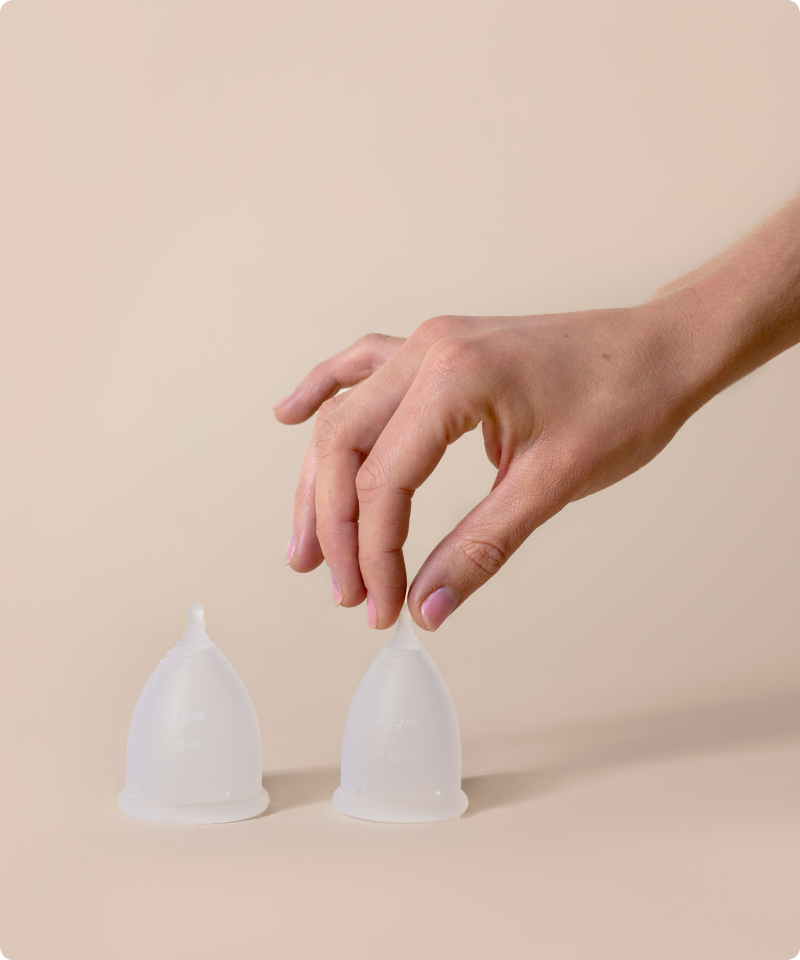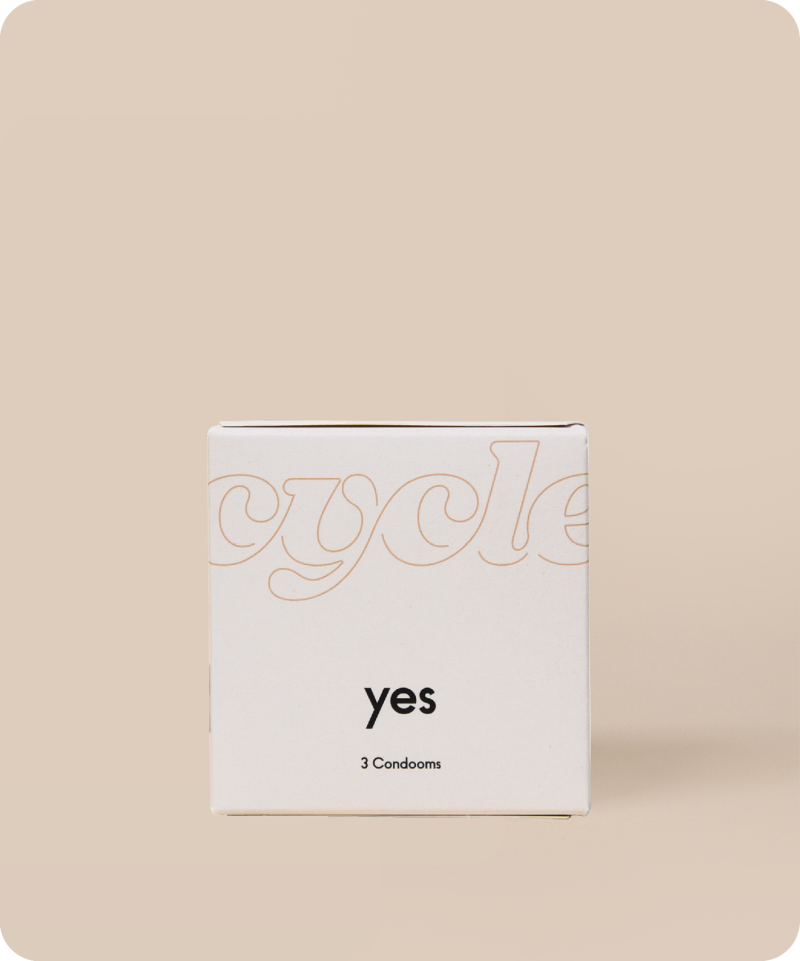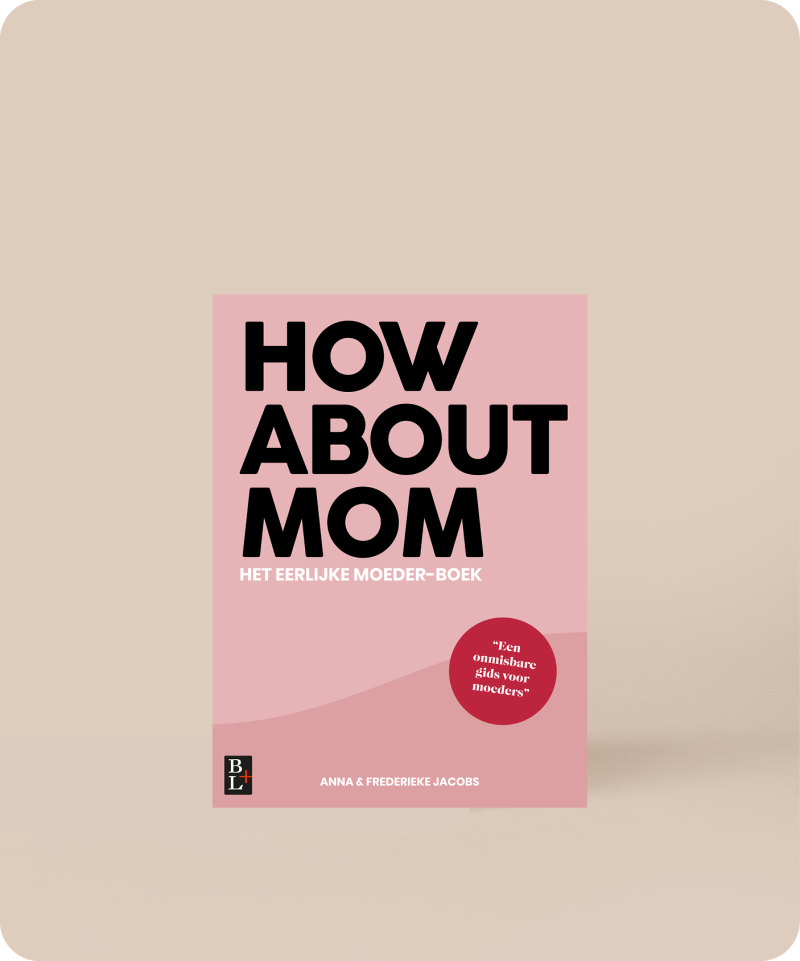Progestogen-only-pill (POP)/mini pill - Cerazette
What is Cerazette?
The information pamphlet says:
Active ingredients
Desogestrel (Progestin)
What is it made up of?
Beside the active ingredient, the pill also contains anhydrous colloidal silicon dioxide, all-rac-α-tocopherol, corn starch, povidone, stearic acid, hypromellose, macrogol 400, talc, titanium dioxide (E171), lactose monohydrate.
How it works
The mini pill (Cerazette) is a small pill that you take every day (so without a pill-free week) and that only contains one hormone; progestogen. The pill prevents pregnancy in two ways: it makes the mucus in your cervix thicker (which makes it harder for sperm to enter the uterus) and makes the endometrium an unsuitable place for an embryo to nestle into. Progestogen-only-pills with desogestrel (so everything except for Micronor, Noriday en Norgeston) prevent ovulation from happening.
Common side effects of Cerazette
Pimples or acne
Mood swings or gloominess
Sensitive breasts
Headaches
Nausea
Weight gain
Vaginal discharge
Vaginal dryness
When to use it
Daily
How dependable is it?
99%
Contains hormones
Yes
More information
How to start
The doctor will ask a few questions, and will also look at your medical record, blood pressure, and whether or not you’re pregnant to determine if you can safely use the mini pill.
You can start taking Cerazette at any point in your cycle. But, you won’t be protected from pregnancy unless you start taking it on the first day of your cycle (the first day of your period). Read the information pamphlet thoroughly to find out from what point on you’ll be protected. Use condoms or a different form of contraception until you’re fully protected.
There usually are 28 pills in a strip. This means that you won’t have a pill-free week.
It’s important that you take the mini pill at a set time each day (even more important than it is for the combined pills).
Sometimes it can be helpful to put the pill in a place where you’ll see it every day (such as in a makeup bag), so that you don’t forget to take it. You can also set an alarm on your phone to remind you of it.
Usually, you’ll get a prescription for the next few months, so you’ll regularly have to visit your GP for blood pressure checks and other such checks.
How to stop
It’s easy to stop taking the pill: simply stop taking them. Once you’ve stopped, you won’t be protected against pregnancy any longer.
What can go wrong?
We all forget to take our pill once in a while. Look HERE for more information on what you can do in that case, based on how many pills you missed and where you’re at in your cycle. If you’re unsure, it’s best to use extra protection during sex or to not have sex at all.
There are various things that can affect the effectiveness of the pill. Make an appointment with your GP if you have any questions. Be aware of the following side effects and be sure to thoroughly read the information pamphlet of the pill:
Throwing up and diarrhea prevent the pill from being absorbed into your body. If you throw up within 4 hours of taking the pill, you’ll have to take another one. The one after that will be taken at your usual time again. If you’re suffering from throwing up or diarrhea for a prolonged period of time, you should check the information pamphlet to find out what you should do, and use protection during sex just in case.
Certain medication, herbs and antibiotics (such as medication for epilepsy, St. John’s wort, rifampicin and rifabutin) are of influence to how the pill is absorbed into the body.
In all forms of contraception with a combination of hormones there is an increased risk of thrombosis, though it is minute.






















